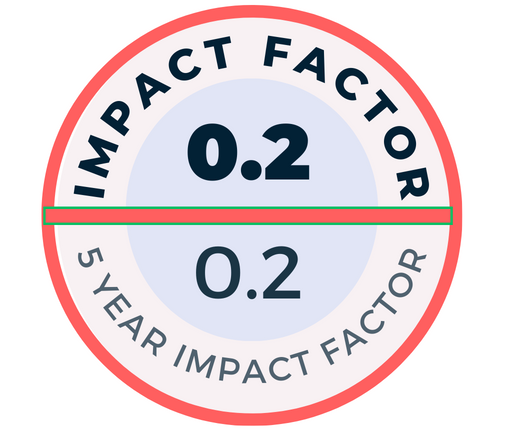Background: Ambient air pollution (AAP) is an essential global problem that affects most of the body's organs, including the kidneys. We investigated the effects of AAP, sulfur dioxide (SO2), and ozone (O3) on kidney functions, histology, antioxidant enzymes, and apoptosis gene expressions in Wistar rats.
Methods: The rats were divided into 4 groups (n = 8): control, AAP, SO2 (10 ppm), and O3 (0.6 ppm) groups. Blood urea and creatinine, kidney tissue superoxide dismutase, total antioxidant capacity, glutathione peroxidase activities, and malondialdehyde were determined after exposure to AAP, SO2, or O3 for 3 hours per day for 5 weeks. Kidney tissue was examined by light microscopy, and the expression of BCL-2, BAX, and caspases-3,-8, and caspase-9 were evaluated by the reverse transcription quantitative polymerase chain reaction technique.
Results: Mild to moderate histopathological changes in AAP and moderate-to-severe changes in SO2 and O3 groups were reported. Increment of serum urea in SO2 and AAP groups (P = .017 and P = .045), kidney catalase in AAP group (P = .008), total antioxidant capacity in O3 group (P < .001), caspase-8 expression in SO2 group (P = .035), caspase-8, and caspase-9 expressions in O3 group (P < .001 and P = .003) were significant. p53 expression in the kidney of the AAP group was less than that of the control group (P = .018).
Conclusion: Ambient air pollution, SO2, and O3 exposures in the concentrations used in our study cause kidney dysfunction, stimulate oxidative stress defense enzymes, cause histopathological changes, and downregulate kidney p53 expression.
Cite this article as: Kheirouri S, Shanehbandi D, Khordadmehr M, et al. Efects of air pollution, ozone, and sulfur dioxide on kidney oxidativestress enzymes, histopathology, and apoptosis gene expressions in rats. Turk J Nephrol. 2024;33(2):153-160.

.png)



.png)
